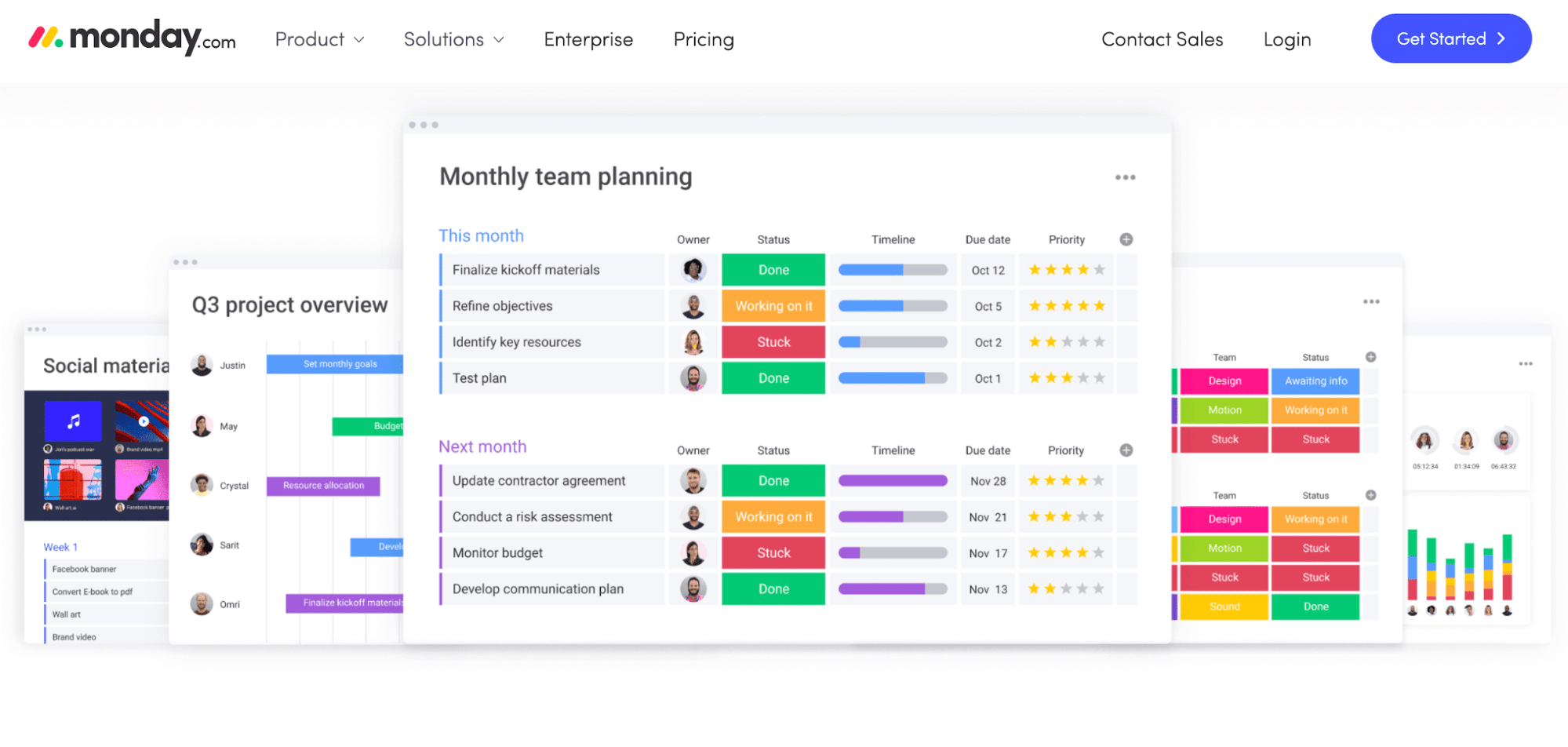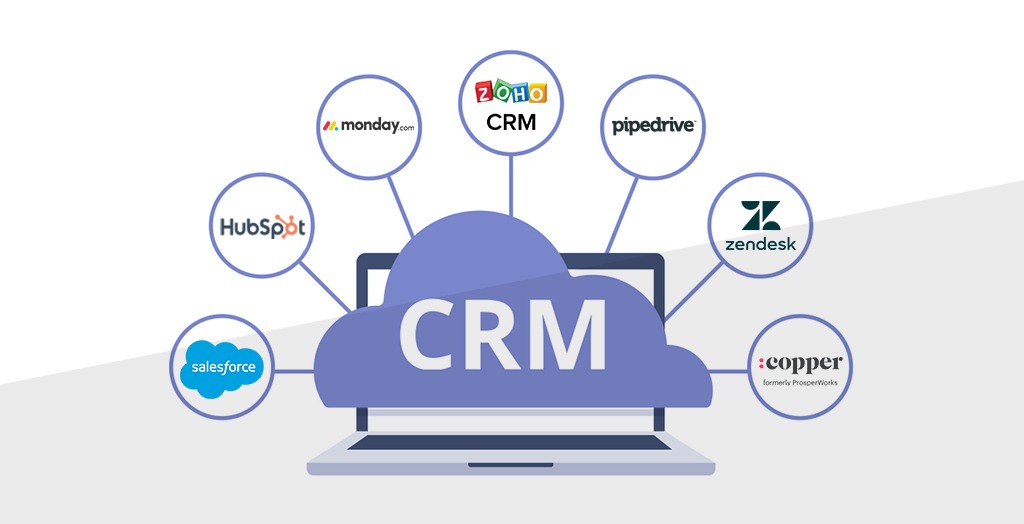A bid-based online advertising network, Google Ads (previously known as Google AdWords) offers text format search engine ads, banner ads, YouTube ads, videos, and other display alternatives. Google Ads can be found on millions of Google partner websites and in Google search results.
With 28.4% of the total ad income, Google Ads is the US’s most prominent digital ad publisher.
How do advertisements on Google operate?
Write an advertisement, submit a bid, and watch for sales to come in. That is it, with a couple of minor exceptions.
Google Ads operates on a pay-per-action pricing model, typically computed as cost-per-click (CPC). I’ll go into more depth on how to start a Google Ads campaign later. This implies that you pay a set amount each time a user clicks on your advertisement or does any desired activity.
The price is subject to frequent fluctuations and is contingent upon various criteria, such as the number of competing brands vying for the exact phrase, search volume, anticipated reach, time of day or year, etc.
When you place your ad, your “maximum bid” is the maximum amount you agree to pay for a click (or view, or whatever action you’ve described).
There are three primary ways to bid:
1. Cost-per-click (CPC): You are charged when a user clicks on your advertisement.
2. Cost-per-mille (CPM): 1,000 ad impressions are charged for.
3. Cost-per-engagement (CPE): You only pay when a user interacts with your advertisement by watching a video or signing up for a list, for example.
For instance, your ad won’t appear if your maximum bid is $2, but Google determines that the click’s worth is $2.55. Nonetheless, there would be a greater chance of your ad being placed if your maximum price was $2.56.
It’s important to note that this amount differs from your campaign’s total budget. You may establish your total budget and adjust the maximum bid for each ad, or you can set a daily average budget and let Google handle your ad bids.
For novices, establish your daily budget and allow Google to determine the best price for each ad. It’s simpler and frequently produces more inexpensive and efficient outcomes.
uses Quality Score to identify which ad is the “best” fit for a given keyword. From 1 to 10, there is a numerical ranking. A lunch restaurant, for instance, might receive a 10 (high) for the term “avocado sandwiches,” but the search “local plumber” would probably receive a 1 (low) instead.
For instance, if your adverts match the search intent of your potential clients, they have a high Quality Score. Additionally, when you make ads that correspond with people’s searches, they will be displayed more frequently, increasing the number of clicks on them. Quality Score is more of a reference to determine whether your ad targeting is on track and how you stack up against competitors for the exact keywords than a measure you should monitor in detail.
Google ad types
With new features and ad formats added throughout time, Google Ads has undergone significant transformation. The current lineup of Google advertising includes • Search advertising that responds; • Performance Max ads; • Discovery ads, • Display ads; • Shopping ads, • App ads, and Smart campaigns.
Let’s examine each of these and their appropriate applications.
Responsive search advertising
The classic, universally recognizable search ad format should be incorporated into every campaign. These are text-based advertisements found on Google search result pages (SERPs).
Google used to display what you wrote for each advertisement back then. You may now write several tiny versions for responsive search ads, and Google’s AI system will select the optimal combination of ad elements based on the search query and intent.
The big “Sponsored” text appears above search advertising to identify them. The first four spots on the page will also have advertisements.
When to apply
• Constantly. Search advertising is the most fundamental Google Ads format, which is advantageous for all brands.
- • Specifications
- • Headlines: Each headline should have a maximum of 15 and a minimum of three characters.
- • Display URL: It doesn’t have to be the final URL; your domain will do. It may have a condensed “Path” with a maximum of 15 characters.
• Descriptions: The advertisement’s body copy. You can have up to four descriptions, each no more than 90 characters, but you must have at least two.
Ads for Performance Max
Ads with Performance Max are more of an overall approach than a specific kind. According to Google, Performance Max is a hybrid of their finest machine learning algorithms and AI-assisted ad bidding techniques mixed with user-supplied data points such as custom audiences. The purpose is to provide you with the finest outcomes for your objective.
Performance Max ads, according to Google, get 18% more conversions than conventional search advertising campaigns.
Creating a Performance Max campaign requires a clear objective, such as generating leads, sales, or other actions. Additionally, you’ll need to supply as many creative materials as possible or take inspiration from some already-running campaigns.










